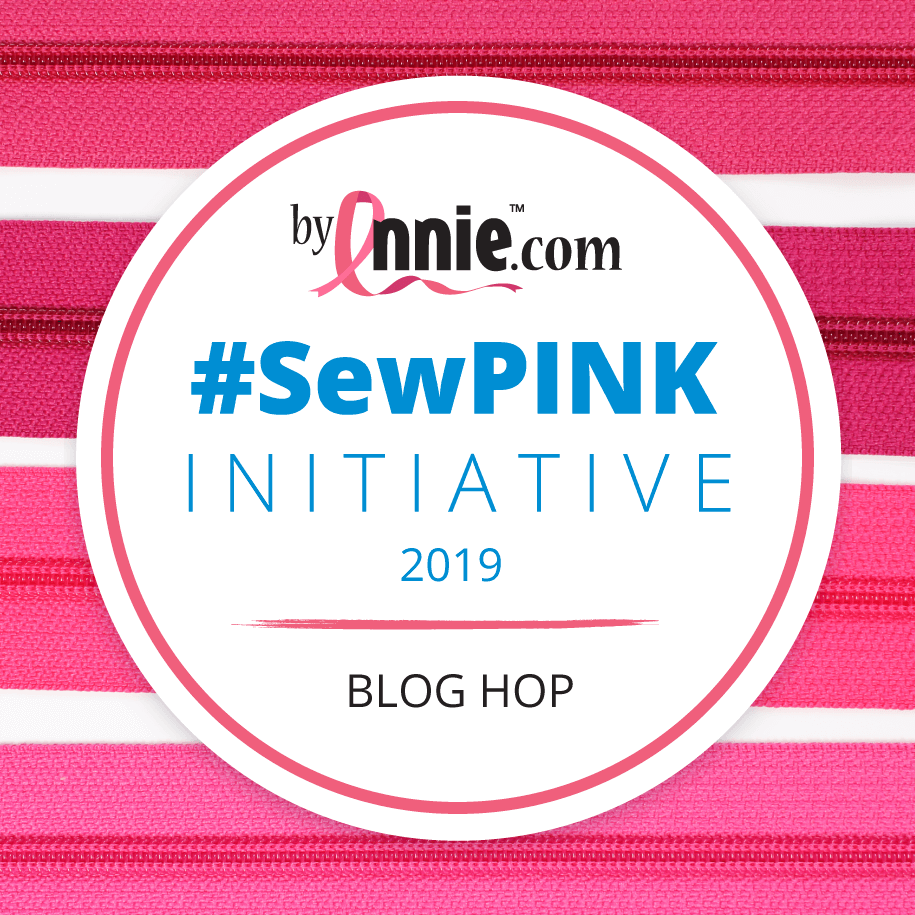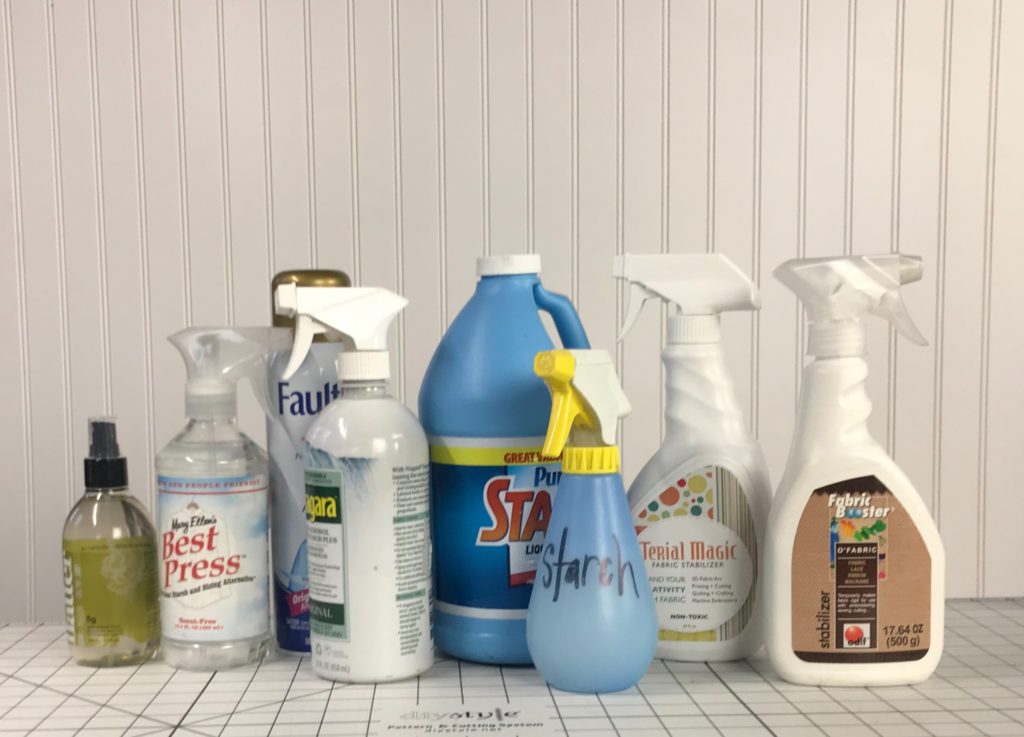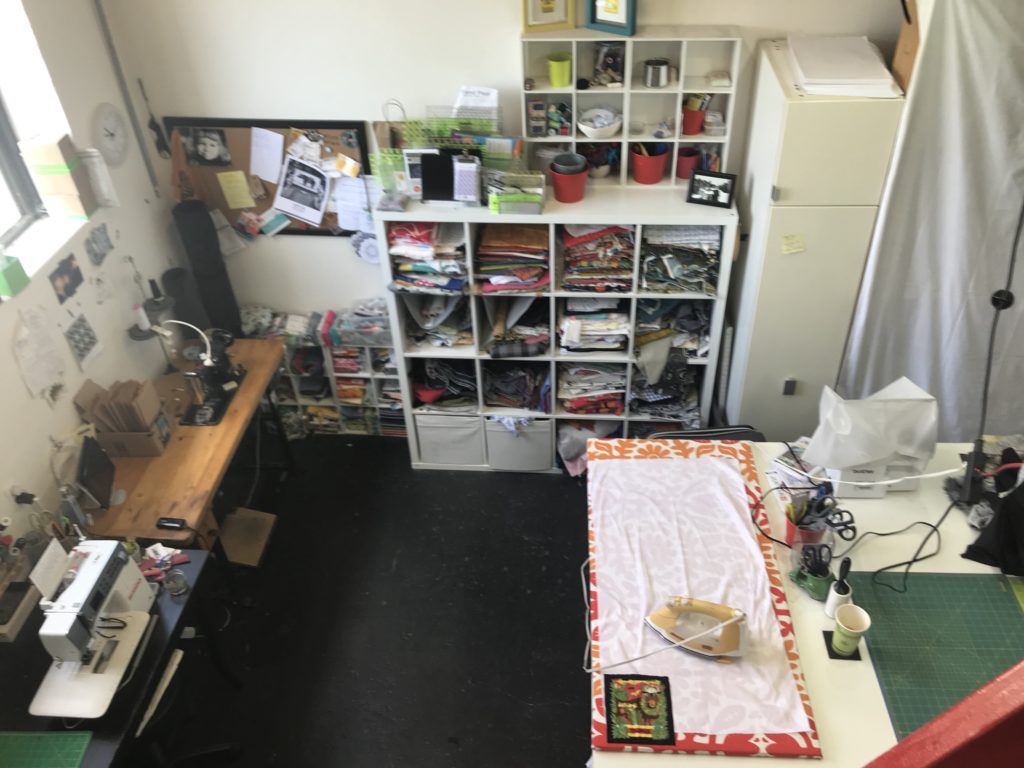#SewPINK: Sewing to Support Survivors
It seems to me that we all know someone who has been affected by breast cancer these days. Co-workers, family members, neighborhood friends–it’s far too common. In those times when we hear of a loved one’s new diagnosis, we want to be helpful, do something kind and thoughtful. That’s where the tutorial for the mastectomy […]
#SewPINK: Sewing to Support Survivors Read More »




